AO Edited
Sandy Island Preserve
Not only is this nature preserve the largest protected freshwater island on the East Coast, but it’s also a stronghold of Gullah living.
Situated between the Pee Dee and Waccamaw Rivers in South Carolina’s Georgetown County—halfway between Georgetown and Myrtle Beach—sits Sandy Island, a 12,000-acre Lowcountry landscape that’s part nature preserve, part Gullah community. The island gets its name from the 9,000 acres of prehistoric sand dunes that exist here, and it remains very much stuck in time. It wasn’t until 1965 that the island first got electricity and even today, it’s only accessible by boat.
The bulk of the island belongs to the Nature Conservancy (TNC), the country’s largest private manager of conservation sites. Though the state transferred the land to them in 2011, it was an arrangement that had been in the works since 1996, and one that assured Sandy Island would be protected from future development. Today the 9,165 acre preserve is the largest protected freshwater island on the East Coast, and TNC’s largest preserve within South Carolina. But while the non-profit oversees three-fourths of the land, the rest of it belongs to the Gullah people.
Sandy Island is home to an unincorporated community known as Sandy Island (or Sandy Island Village). Founded by a formerly enslaved African, the community attracted other formerly enslaved people who secured work on the island’s rice plantations, and then passed their land down generation-to-generation over the last century. Isolated from the mainland, they created a unique space that continues to preserve the way of life of the Gullah people: slow-paced, hard-working, and away from the modern culture of South Carolina’s Grand Strand.
These days, the close-knit village consists of a few dozen residents. It’s home to a general store where visitors can pick up snacks and Gullah souvenirs, an old schoolhouse that’s now a town conference center, and even a bungalow-style B&B called Wilma’s Cottage. There’s also a late 19th-century Baptist church and some cemeteries. While there’s no school on Sandy Island, kids can get to and from the mainland for their studies South Carolina’s only school bus boat, the Prince Washington (in 2015, the island replaced the boat with the New Prince Washington).
The preserve itself is filled with native longleaf pine forest to the north and turkey oak trees along the island’s south end. Its diverse flora and fauna includes carnivorous pitcher plants and purple lupine, screech owls, great blue herons, and swallowtail kites. Black bears occasionally use the island as a through-way, but there are also a few nature trails (8+ miles in total) for human foot traffic. They include the 3.9-mile Red-Cockaded Woodpecker loop trail, which offers the island’s best chance at seeing these endangered avians known to nest and forest in the island’s mature, fire-resistant longleaf pines.
Know Before You Go
Tours de Sandy Island offers year-round two-and-a-half-hour tours, by reservation only, which include an in-depth history and culture of the Gullah people of Sandy Island. Include a stop at Pyatt’s General store. Upon request, experience a taste of Sandy Island cuisine.
While there’s no bridge to and/from the island, it’s accessible to the public via three public boat landings at Bull Creek, Vaux Creek and Thoroughfare Creek.
Regular controlled burning takes place on the island’s north end, typically between January and May, within its native longleaf pine (Pinus palustris) forest. This is done to help stimulate the germination of desirable forest trees and stir up healthy soil.
There are no restrooms, running water, or trash cans on the island, so be sure and pack out what you bring in.
Camping, fires, hunting without a permit, or removing cultural or plant/animal artifacts are not-allowed. Permitted activities include birding, and fishing both from boat ramps and along the shore.




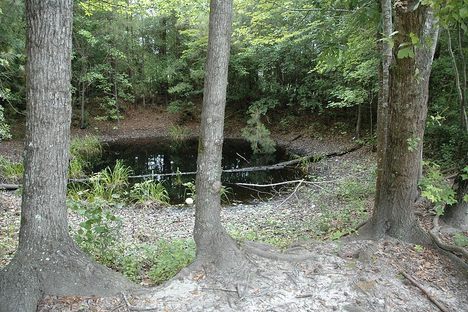

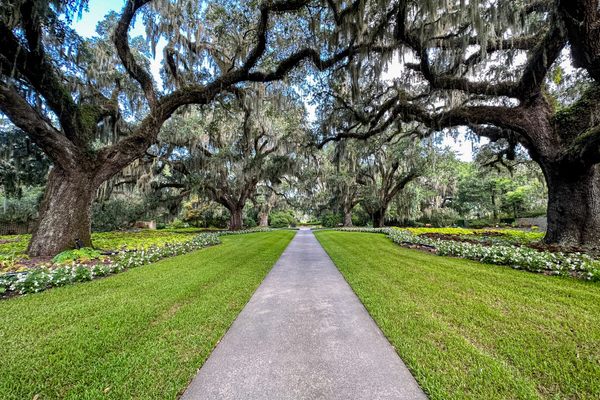

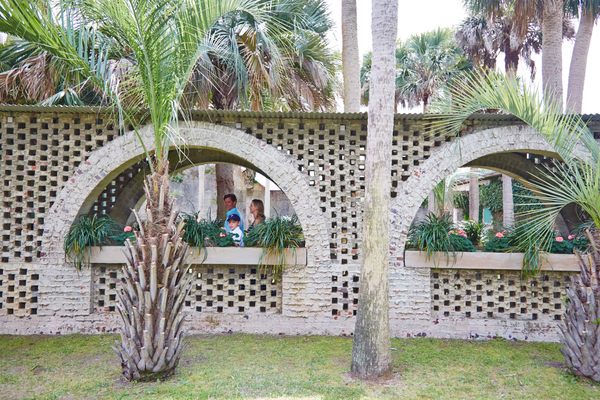
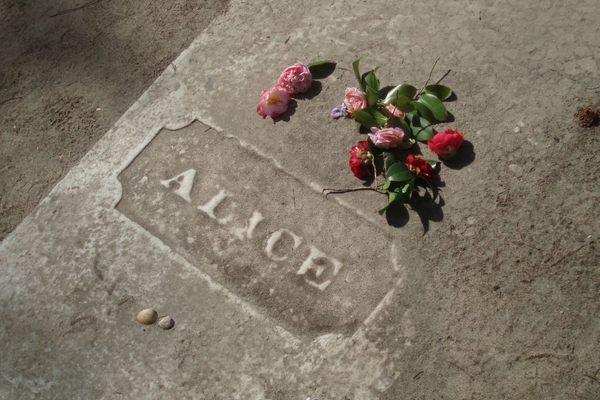
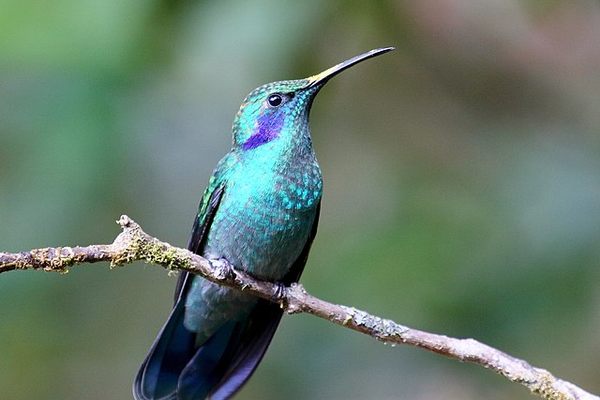
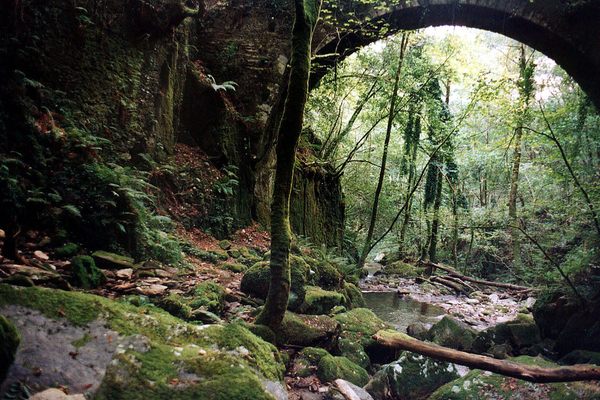

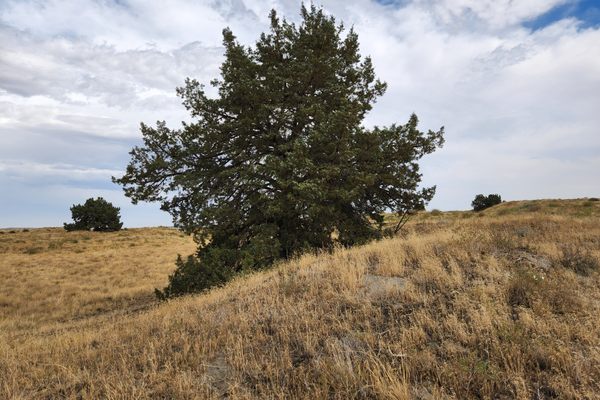

Follow us on Twitter to get the latest on the world's hidden wonders.
Like us on Facebook to get the latest on the world's hidden wonders.
Follow us on Twitter Like us on Facebook